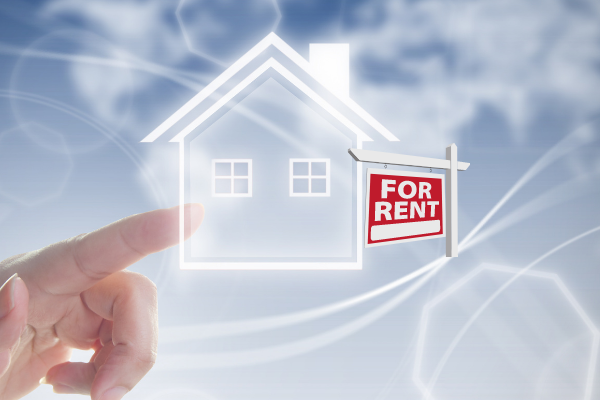
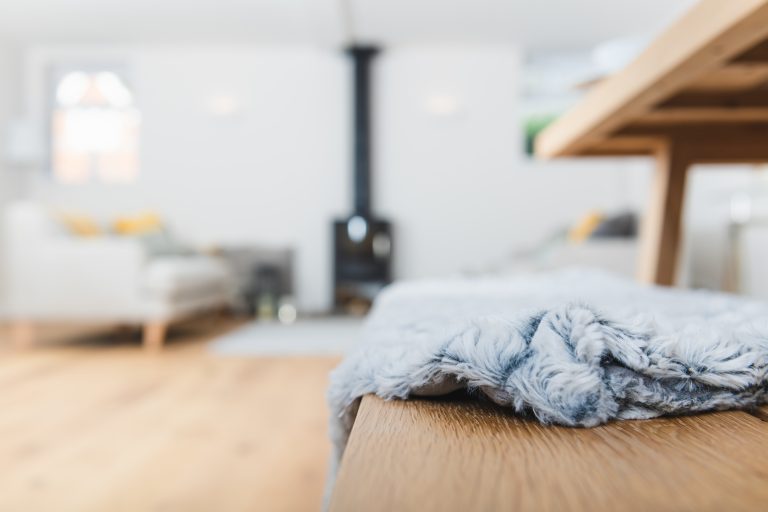

Are you a landlord or want a practical checklist when viewing potential buy-to-lets? Then check out these 13 buy-to-let tips for landlords!
You may also be interested in our free e-guide – 7 WAYS TO MAXIMISE YOUR RENTAL INCOME – CLICK HERE TO SIGN UP!
1. Change the layout
Most modern apartments and houses will have fairly straightforward layouts. However, older buildings may have awkward chimney breasts, stairs and rooms through rooms. If this is the case, a layout can be changed relatively easily and is a great way to make the house more appealing to tenants. For example, it’s often worth moving a bathroom upstairs from the lean-to at the back or creating a kitchen/diner from a small galley kitchen and dark back room.
2. Size matters
The size of a property depends on your target tenant. Consider a small flat, maybe even a studio in a good, central area if you’re after a single professional. Alternatively, if you want a family for a long term let, consider three-bedroom properties, a home with more square footage or a house in a good school catchment area. It is worth noting, studios or one and two-bedroom flats are often easier to let and appeal to a broader audience.
3. Cash to spend
So you’ve got a bit of money in the bank, and it’s not gathering much interest. If stocks and shares are unknown to you, maybe bricks and mortar is the answer. First of all, do your homework. Decide how much you’ve got to spend, whether you can do any repair work and deal with the tenants yourself and how much it will cost if you don’t. Next, research mortgage options and calculate your likely profit. By doing this first, you can then move on to the property search.
(Bonus tip – Contact us about buy-to-let mortgage advice, we will put you in touch with our recommended mortgage advisors at APR Money Limited: TAP HERE to start now.)
4. Location, location, location
You know your local area best, and if you can afford to buy in it, that makes things easier. If your location is too expensive, then look further afield. The key to a great buy-to-let is having it somewhere where people want to live. For example, a city/town centre location, close to transport links or handy for shops; these factors help drive tenants to your door.
Weigh up negative aspects against the initial price, but remember that a takeaway restaurant next door will limit your rental even though the property might seem to be a bargain. Although, it’s worth considering a cheaper road near a popular area as the rent will be similar.
Top Tip: look out for hot spots (near good transport links: bus routes or tub stations) along with high-end stores: Waitrose, Tesco, Sainsbury’s or Starbucks.
5. Add value
Even if it’s not going to add to your rental income, it’s often worth making improvements such as those mentioned above. They’ll add value when you come to sell, and they’ll make the house easier to let. Other improvements to consider include double-glazing, a new bathroom or kitchen, and, where possible creating extra bedrooms. Also, spend money on making it as maintenance-free as possible; this will save money in the long run.
6. Talk to the professionals
Will you be doing the work yourself or employing tradespeople? Weigh up the cost, the time it will take and whether you are capable. Unless you are used to DIY, it’s probably quicker and cheaper to get somebody to help. Boilers and electrical work will need to be signed off by a suitably qualified person. Cheap workers who are available immediately might not be the best option. On the other hand, a skilled worker can often do the work in a fraction of the time. Get recommendations from friends, if possible.
7. Decoration
Try not to spend too much money on decoration. Unless it’s a top-end property, avoid expensive and unusual finishes. White paint is cheaper and easier to use. New carpets throughout can change the feel of the property. Add a decent underlay, haggle a little, and you can achieve a beautiful finish without an enormous outlay. Replace avocado bathroom suites or damaged kitchens. You might get away with new cupboard doors and fresh grout in the bathroom. Clean up or replace socket fronts, light switches, knobs and taps, and the property will look as good as new.
8. Presentation
Give everything a good clean. Bathrooms and kitchens should be sparkling. Doors and windows are easily wiped down. Also, give the garden a tidy up and seed it too. Replace fences and fix broken glass in sheds. Kerb appeal is crucial when selling a house, and tenants are no different from buyers in their responses.
9. Leasehold or freehold?
Freehold is always better. It means you have more control. In theory, leasehold could mean maintenance charges are spread across the building; however, in practice, you may have to deal with somebody else to get things done and agree on costs. If you do invest in a leasehold property, take time to read the lease carefully. Aim to have at least 100 years left on a lease. You might not get a mortgage if it is less than 70 years. Renegotiating the lease should be a condition of the sale if you are in an excellent position to buy.
10. Hidden costs and void periods
You need to cover your costs if the property is left empty or the tenant gets into rent arrears. If the tenant fails to pay the rent, it may take months to get them to go. You can get landlord insurance to cover this (something John German can help you with). And once the tenants have vacated, you might find you need to redecorate before you can let the property again.
11. Furnished vs unfurnished
Deciding on whether to furnish your rental or not depends partly on the type of property you are letting. But if you are going to furnish it, you need to be aware of fire regulations. That means you can’t just go down to the junk shop and buy a sofa. You need to be sure it conforms to fire safety rules. Check labels. It would help if you also considered durability, so buy soft furnishings with removable, washable covers. Mattresses can be covered, too. You will also need to fit carbon monoxide and smoke alarms. Tables, cabinets and wardrobes shouldn’t be too flimsy. Make sure the property is safe, reliable and comfortable.
12. Tax and capital gains
Factor in paying your taxes correctly, and don’t forget you’ll be charged capital gains tax when you sell the property. Save your receipts as you can claim against tax when you eventually sell. Redecoration between tenants, however, does attract tax relief.
13. Good relations
It is critical to get on with your tenants. Treat them well, and communicate effectively, then you are likely to find the sentiments reciprocated.
We hope you found our tips helpful. For further advice, feel free to get in touch with us; we are happy to help!
BEFORE YOU GO – Don’t forget your free guide – 7 WAYS TO MAXIMISE YOUR RENTAL INCOME – GET HERE!
Keep up to date with the latest advice sent to straight to your inbox


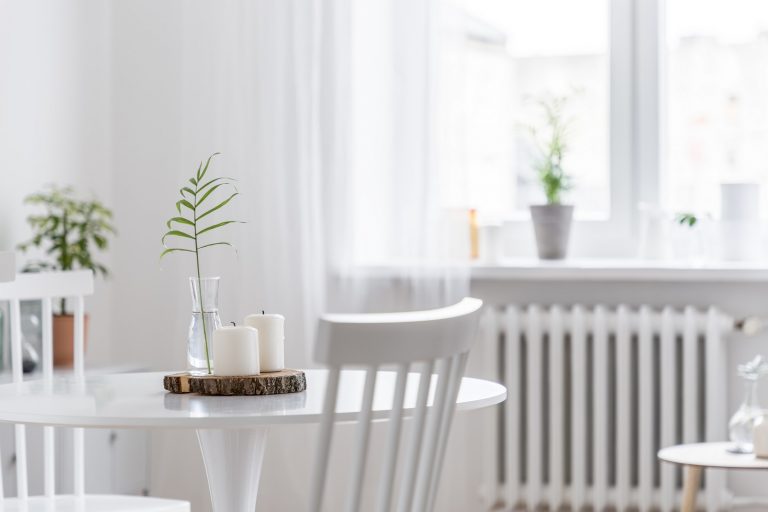
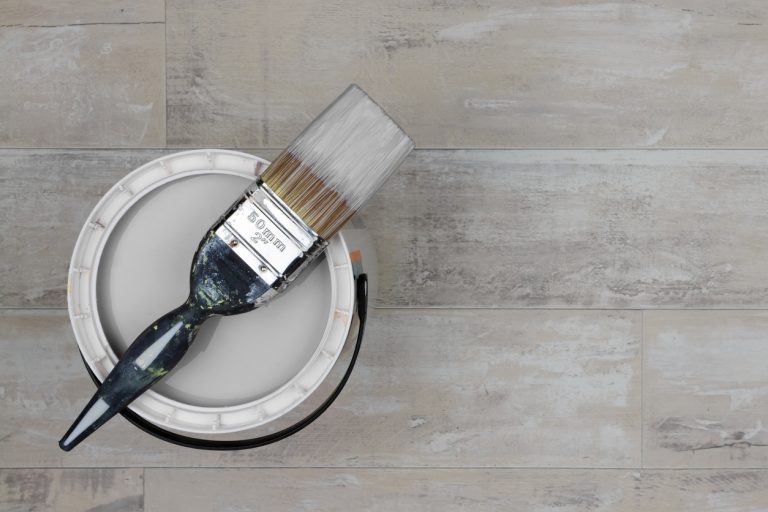
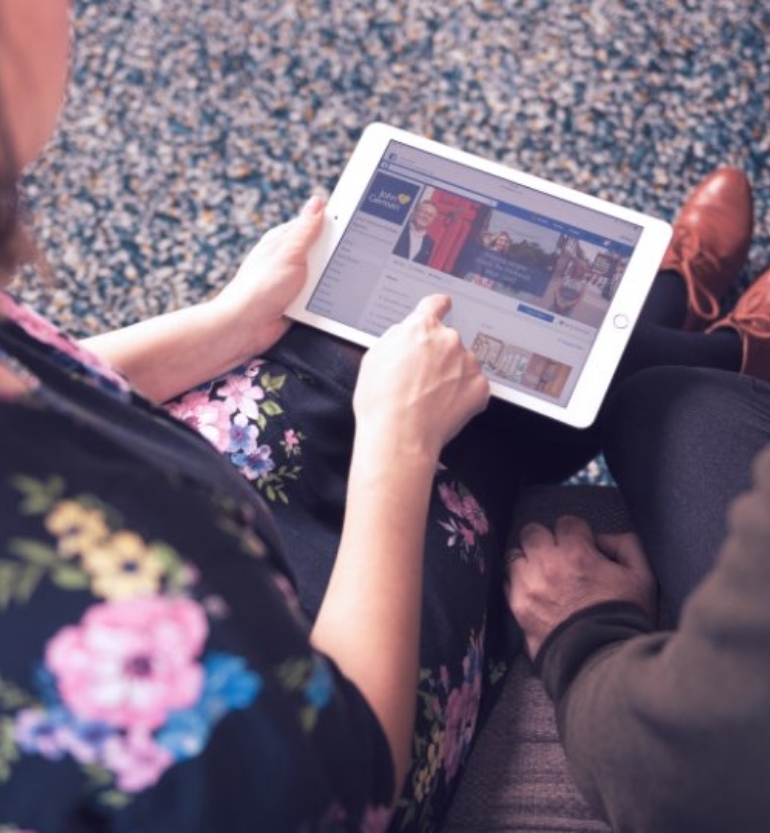
Simply enter your callback request below and a member of the John German team will be in touch shortly to help.
Once you’ve subscribed, the guide will be emailed straight over to you!
Once you’ve subscribed, the guide will be emailed straight over to you!
To receive the latest advice on moving, selling or letting.
You can unsubscribe at any time at the foot of every email.
Simply enter your details below and a member of the John German team will be in touch to arrange your virtual valuation.
Please enter your details below and attach your CV along with a covering letter for our future reference. If a job role becomes available that we think would be great for you, we’ll be in touch.
Simply enter your details below and a member of our team will be in touch shortly to help.
Simply enter your details below and a member of our team will be in touch shortly to arrange this with you.
Please select the type of private valuation you would like and enter your details below. A member of our team will be in touch shortly to help.
Simply enter your details below and a member of our team will be in touch shortly to arrange this with you.
Please fill out some personal details and choose a service to enquire about and we will get back to you with an appropriate response.
Simply enter your details below and a member of the John German team will be in touch shortly to arrange this with you.
Simply enter your details below and a member of our team will be in touch shortly to arrange this with you.
Simply enter your details below and we will start the ball rolling by putting you in touch with Apr Money Limited. A member of our team will be in touch shortly to arrange this with you.
Use our yield calculator to estimate the gross annual rental return on a property.
Use our Stamp Duty Tax calculator to see how much you will have to pay on the purchase of your property.
Our easy-to-use mortgage calculator will give an estimated monthly mortgage cost for your borrowing range.
Simply enter your viewing request below and a member of the John German team will be in touch shortly to help.
Please select the type of survey you would like and enter your details below. A member of our team will be in touch shortly to help.
Choose an enquiry type and fill out some personal details and we will get back to you with an appropriate response.
Please enter your details below and attach your CV along with a covering letter. A member of the team will be in touch shortly.
Simply enter your details below and a member of the John German team will be in touch to arrange your free valuation.
Simply enter your details below. A member of our team will be in touch shortly to find out more about your property search.